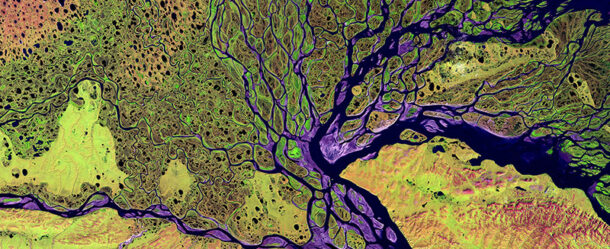Partnership with Datakind (Data Scientists) to Better Understand Systemic Forms of Discrimination in 196 Countries and Monitor the SDGs
In 2015, more than 190 world leaders committed to 17 Sustainable Development Goals (SDGs) and 169 targets to help combat extreme poverty, fight inequality & injustice, and fix climate change. Human rights advocates were at the forefront of shaping the 2030 Agenda ensuring that it aligned with existing international law standards. Furthermore, a big part of the rationale for the SDGs is its aim for universal coverage and that it is applicable to all states. Though this language is precisely the terminology used for the Universal Periodic Review (UPR), there has been limited discussion in terms of how each system can help inform the other.
The only discussion has been to have a similar monitoring process for the SDGs that is currently being implemented for the UPR system. However, this is not only duplicative but a huge resource drain on smaller nations with limited resources. There is a more efficient means to understanding the relationship between these two systems, which we briefly describe below.
As countries begin implementing programs to achieve the SDGs, how to measure accountability has been front and center of the debate. Furthermore, it is imperative that we identify the role that systemic discrimination plays in many of the SDGs. This means that human rights and the removal of barriers to equality, such as patriarchal customary practices, and gender, sexual, and racial biases, must be an integral and explicit part of every development agenda.
ICAAD has been identifying systemic discrimination using the U.N. Universal Periodic Review (UPR) mechanism for the past 3 years, identifying 510 discriminatory laws, policies, and cultural norms in 30 countries. Systemic issues like these directly or indirectly affect the majority of SDGs, from gender equality (SDG 5) and ensuring healthier lives (SDG 3), to inclusive and equitable quality education (SDG 4) and taking urgent action to combat climate change and its impacts (SDG 13).
We have partnered with data science experts, Datakind, to analyze UPR data within the framework of the SDGs to better analyze where governments need to invest their resources to improve human rights while advancing their sustainable development agenda. By categorizing human rights recommendations from the UPR into the SDGs, governments, UN agencies, and civil society organizations will know which key sectors governments are prioritizing their resources and what sectors are not adequately being addressed.
To be clear, some issues will not be as closely scrutinized because the UPR does a much better job at looking at the civil and political rights, but is lacking when it comes to social and economic rights. However, even the identification of these gaps will help inform civil society and governments that we need to look more expansively at the human rights framework to truly address systemic problems.



